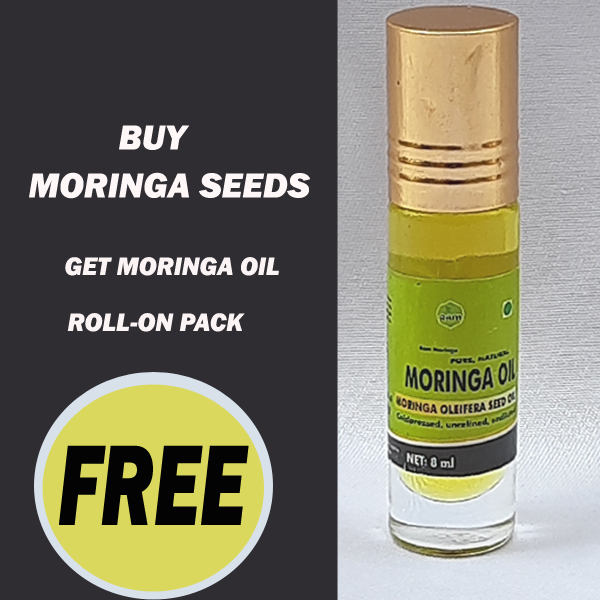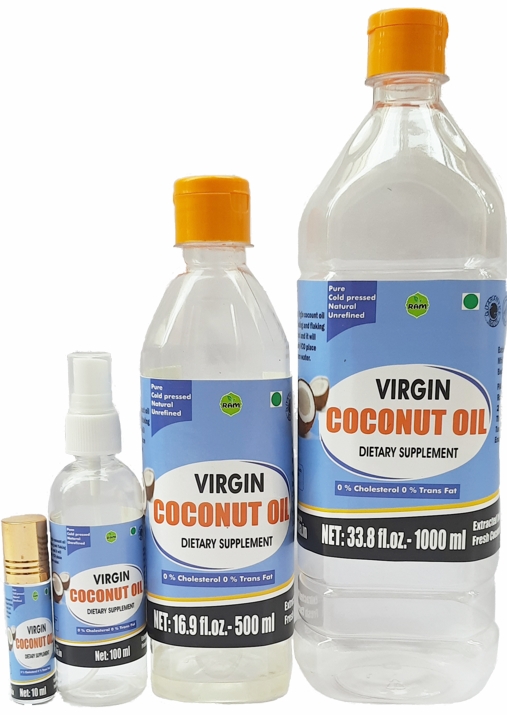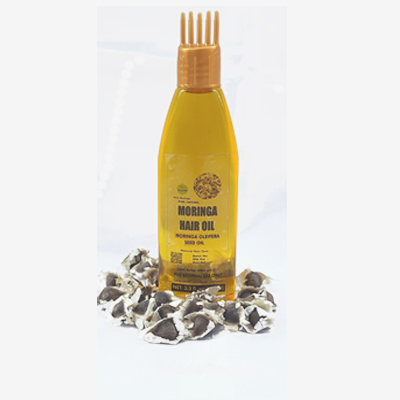BUY PURE NEEM OIL
Neem oil is a vegetable oil pressed from the neem seed kernels of the neem (Azadirachta indica), an evergreen tree which is endemic to the Indian subcontinent and has been introduced to many other areas in the tropics. It is the most important of the commercially available products of neem for organic farming and medicines.
Buy Cold Pressed Neem Oil
USES OF NEEM OIL
Insect Repellent: Neem oil contains compounds like azadirachtin, which act as insect repellents. When applied to plants,neem oil creates a protective barrier that repels insects such as aphids, whiteflies, beetles, mites, and caterpillars.
Insect Growth Regulator: Azadirachtin, the primary active compound in neem oil, disrupts the growth and development of insect pests. It interferes with their hormonal balance, inhibiting molting, feeding, and reproduction. This effectively reduces the population of pests on treated plants.
Antifeedant: Neem oil acts as an antifeedant, making treated plants less palatable to pests. When insects come into contact with neem oil residues on plant surfaces, they are deterred from feeding, leading to reduced damage to the plants.
Fungal Control: In addition to its insecticidal properties, neem oil also has antifungal properties. It can help control fungal diseases such as powdery mildew, black spot, rust, and leaf spot by inhibiting the growth of fungal spores and mycelium on plant surfaces.
Systemic Effects: Neem oil can be absorbed by plants and translocated within their vascular system. This systemic action provides ongoing protection against pests and diseases, even on new growth that emerges after application.
Biodegradable and Safe: Neem oil is biodegradable and breaks down quickly in the environment, minimizing its impact on non-target organisms and beneficial insects like bees and ladybugs. It is also relatively safe for humans, pets, and wildlife when used according to instructions.
Application Methods: Neem oil can be applied as a foliar spray, soil drench, or as part of an integrated pest management (IPM) program. It is important to follow label instructions regarding application rates, timing, and frequency to maximize effectiveness and minimize potential phytotoxicity.




